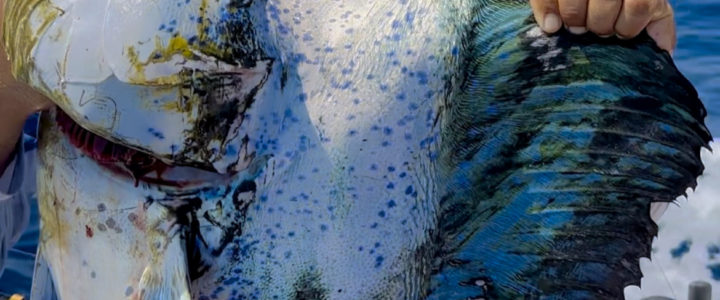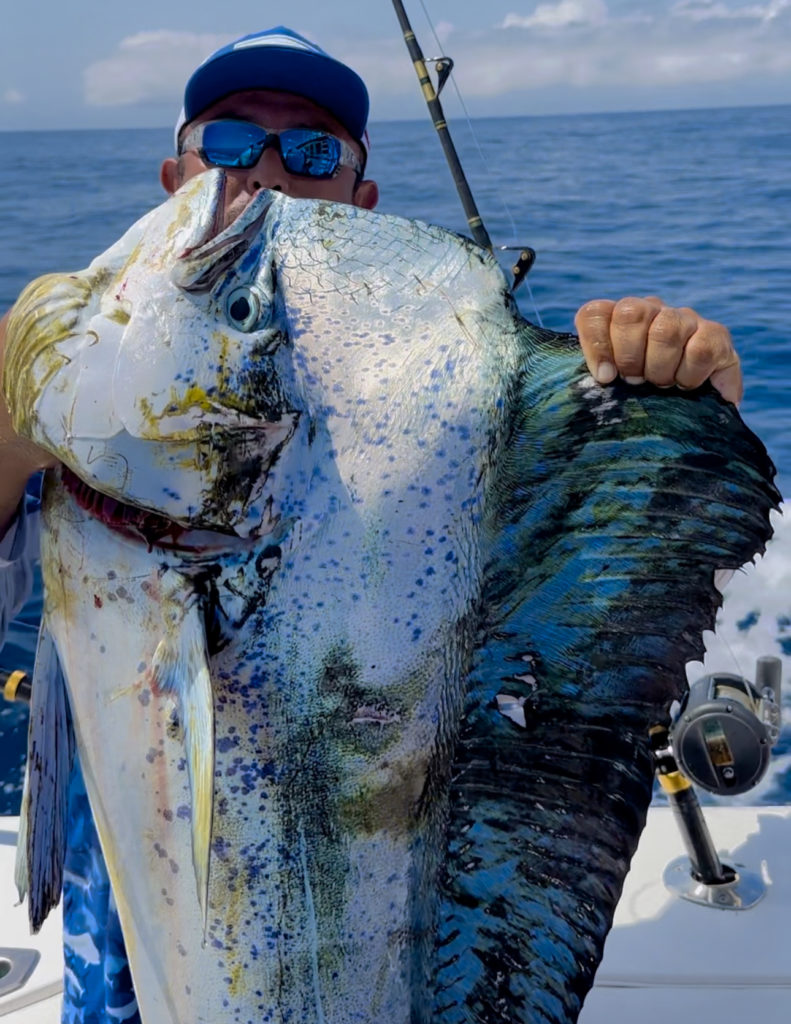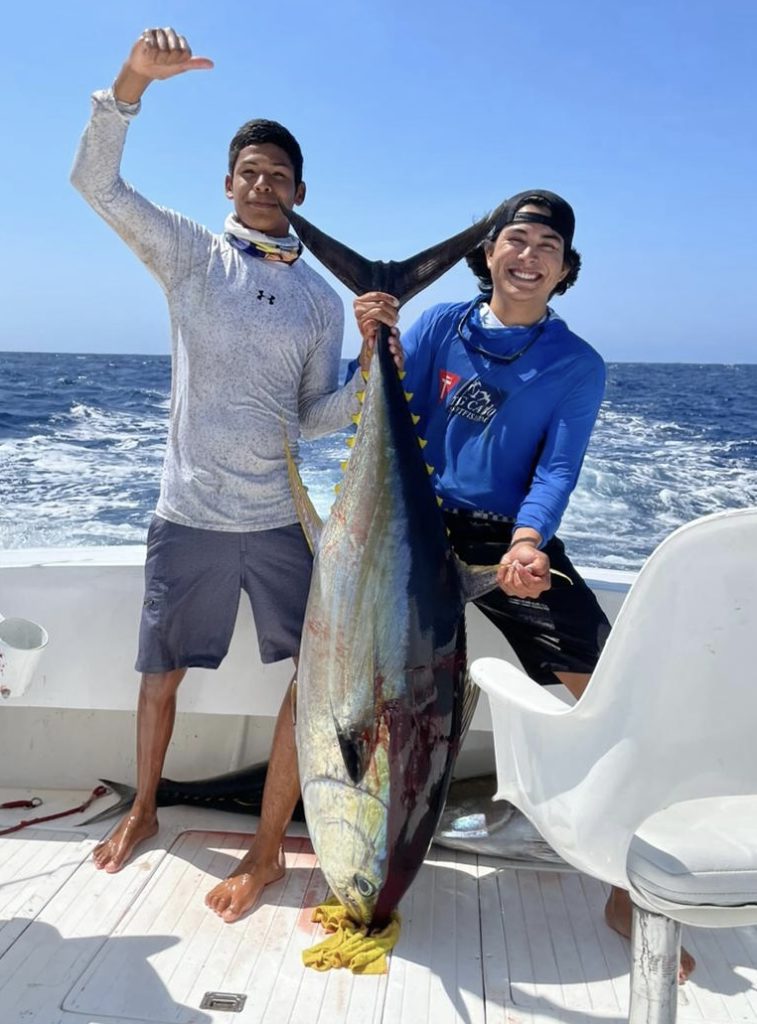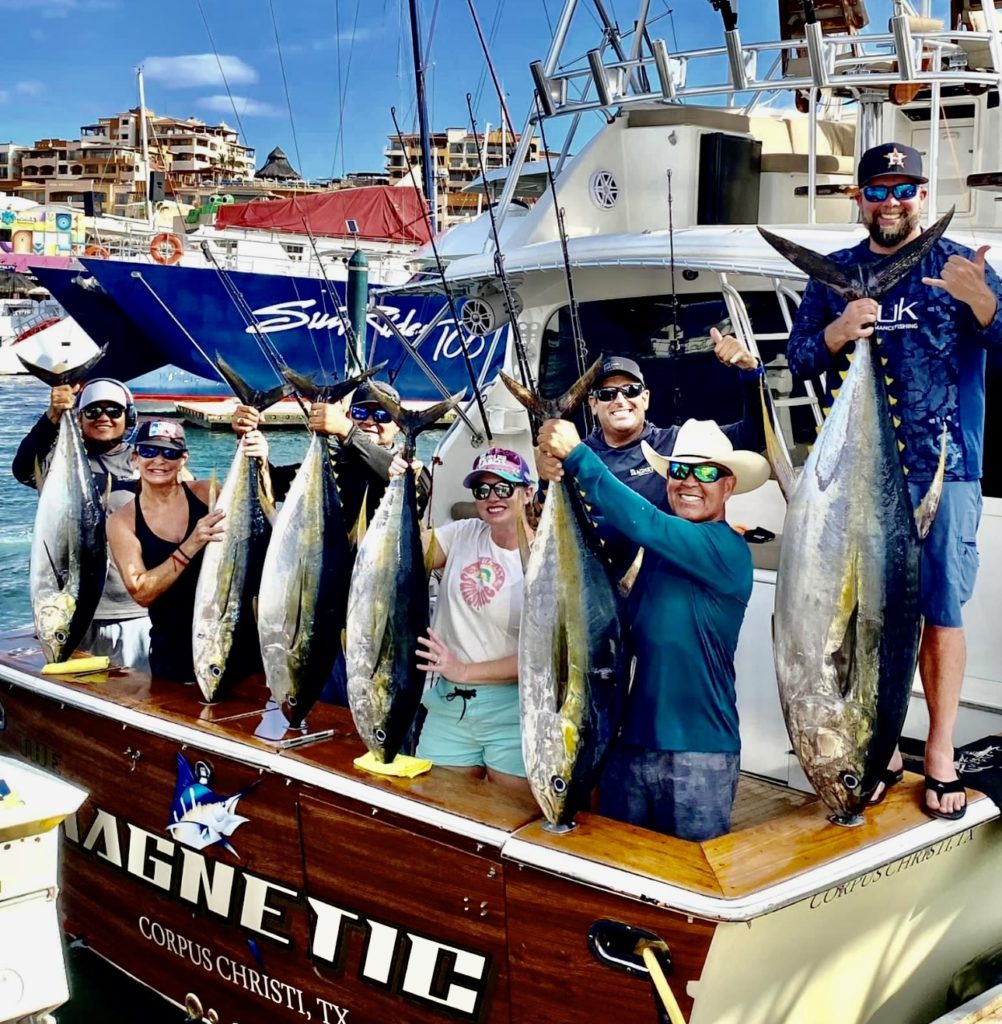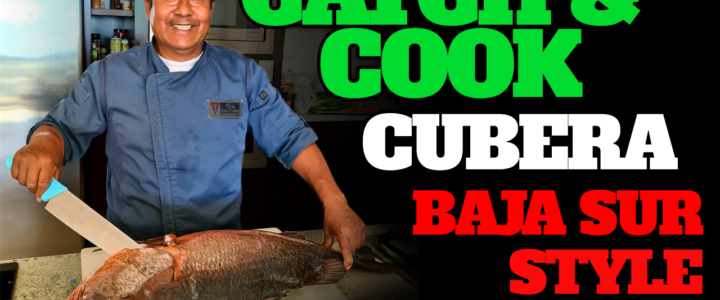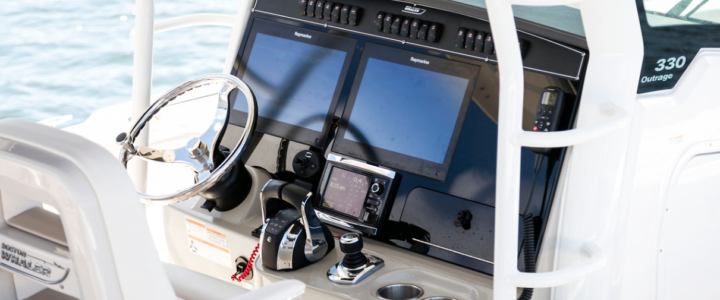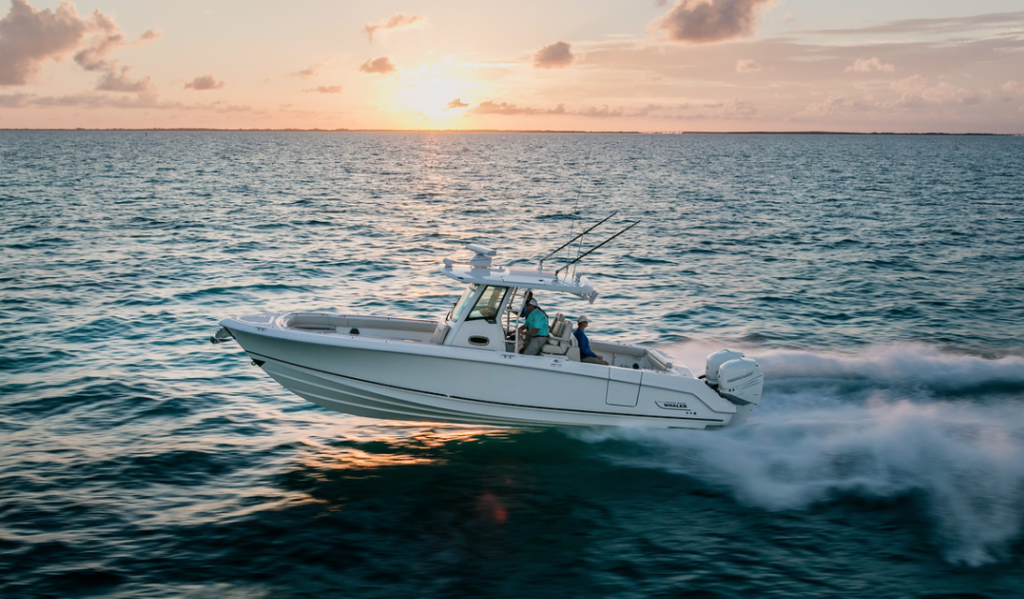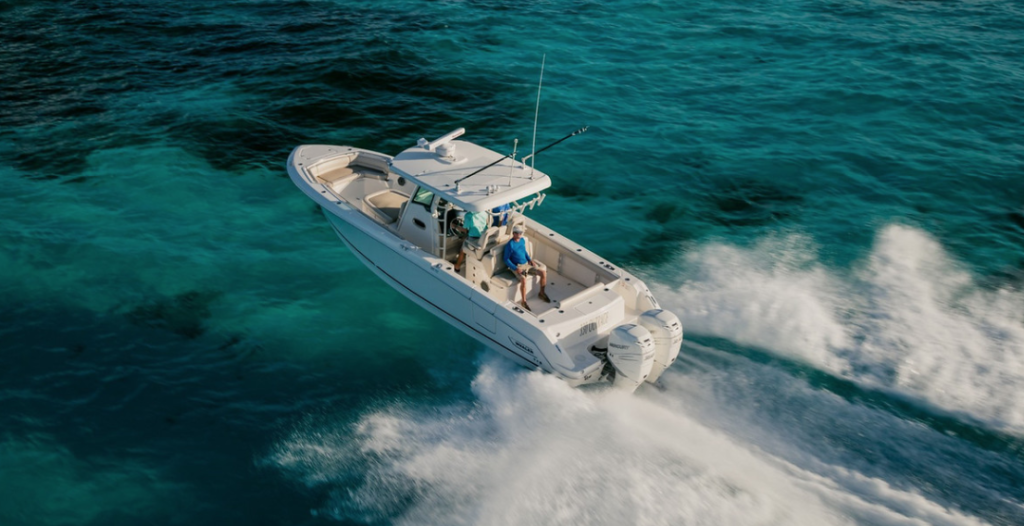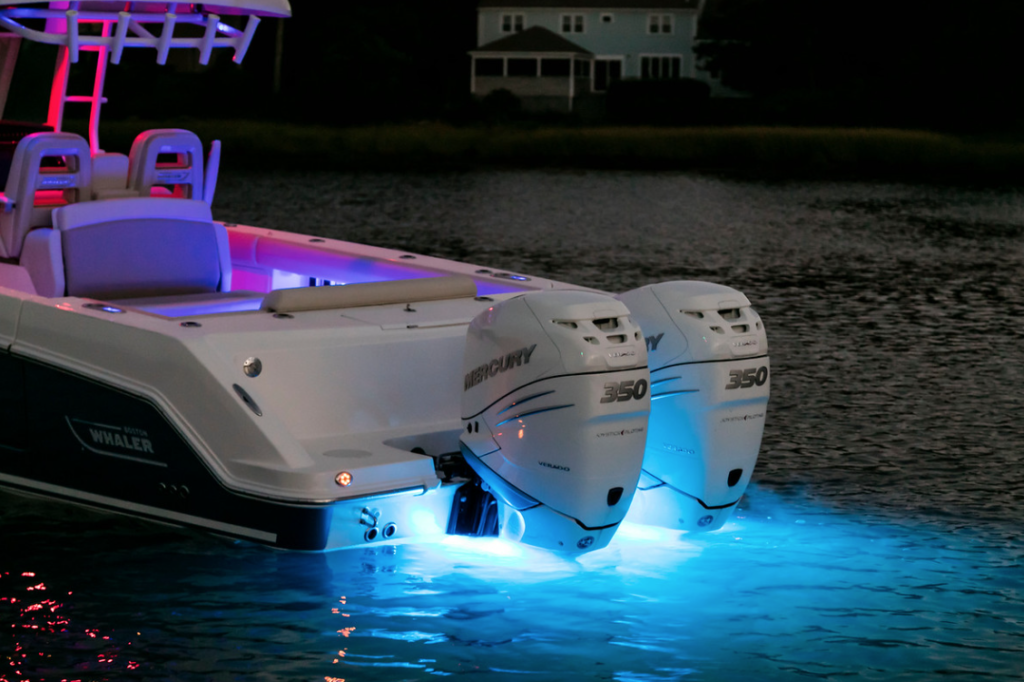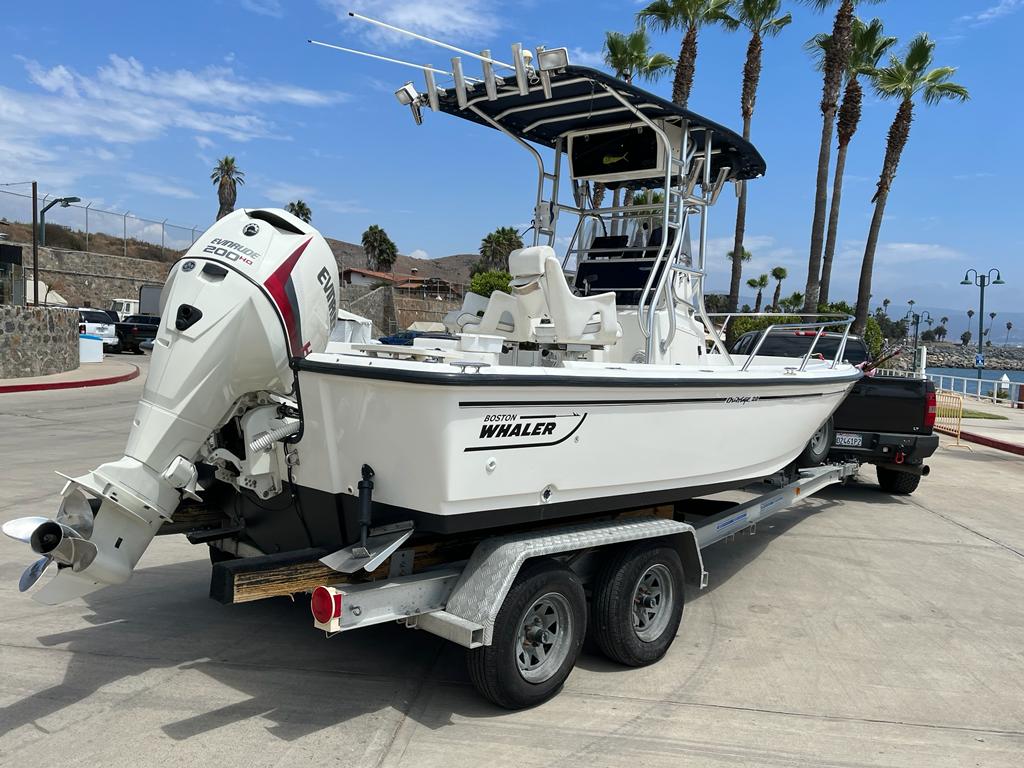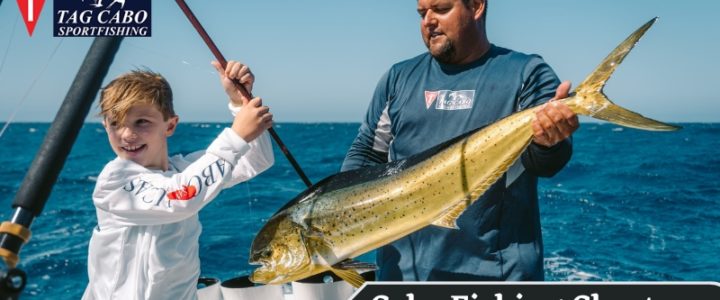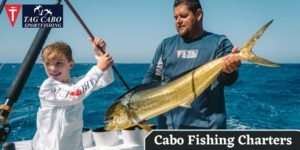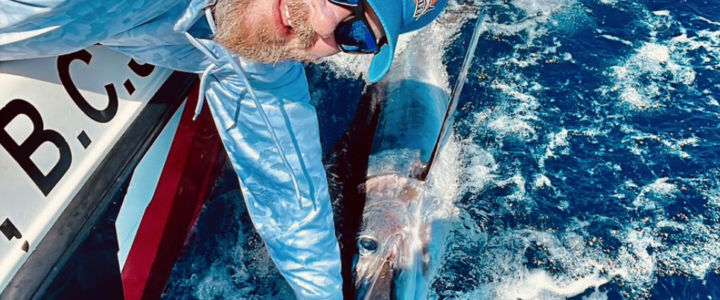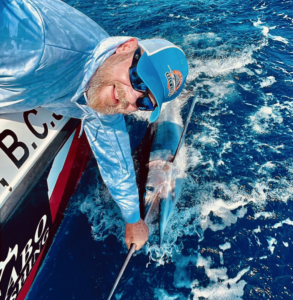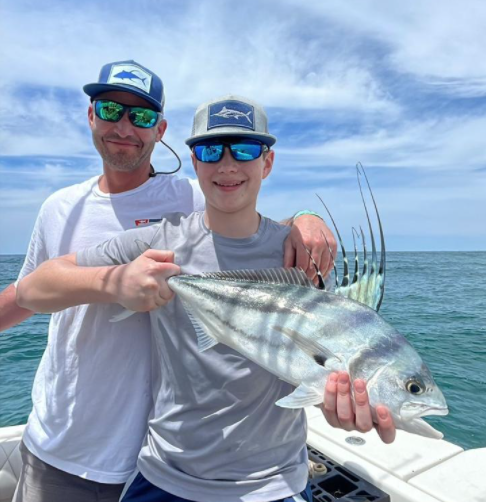Whats the Prime Time for Sport Fishing in Los Cabos: A Seasonal Guide
Los Cabos, known for its stunning landscapes and prime deep-sea fishing grounds, is a haven for anglers looking to catch some of the most sought-after game fish in the world. Whether you’re a seasoned pro or a novice with a rod and reel, knowing the best times to cast your line for specific species can make all the difference. Here’s your seasonal guide to catching the top sport fishes in the waters of Los Cabos.
Striped Marlin
Best Months: November to April
Regarded as the “peak marlin season,” these months see a significant migration of striped marlin to the bountiful waters of the Sea of Cortez. Their numbers peak in winter, making them a common prize for trophy hunters.
Blue Marlin
Best Months: June to October
The warmer months are prime for hooking the mighty blue marlin. Although they’re around all year, summer into fall is when these beasts, which can weigh hundreds of pounds, are most active and abundant.
Black Marlin
Best Months: August to October
These elusive giants are more common when the water temperatures are at their warmest. Fish over 500 pounds are frequently caught during these months, particularly around the offshore banks.
Swordfish
Best Months: January to March
Swordfish prefer cooler waters, and sightings increase during the late winter and early spring. Nighttime fishing is particularly effective for these deep-water dwellers.
Sailfish
Best Months: July to November
Sailfish thrive in warm waters, and their high-speed antics are a spectacular sight during the late summer and fall months. They are often found in the company of dorados (mahi-mahi).
Yellowfin Tuna
Best Months: August to October
The larger specimens, often weighing over 200 pounds, are more frequently caught as the water warms. These powerful swimmers are a challenge for any angler and are renowned for their fighting spirit.
Wahoo
Best Months: September to November
Speed and precision are the hallmarks of wahoo fishing. The cooling waters of fall bring these fast predators closer to shore, where they’re often caught on high-speed lures.
Dorado (Mahi-Mahi)
Best Months: May to October
The dorado’s vibrant colors make it a favorite among anglers. They’re more plentiful during the warmer months, following the currents and floating debris they favor for cover.
Yellowtail
Best Months: February to April
The cooler months of late winter and early spring see the yellowtail amberjack make their presence known, especially for those fishing near the rocky shores and reefs.
Cubera Snapper
Best Months: June to October
These bottom-dwellers are most active during the summer. Night fishing can yield great results, with larger snappers coming out to feed in the shallows.
Grouper
Best Months: January to March; November to December
Groupers are year-round residents but are easier to catch during the cooler months. These heavy hitters are known to hang around rocky bottoms and reefs.
Roosterfish
Best Months: April to October
Roosterfish are a nearshore species easily identified by their distinctive dorsal fins. Spring and summer are ideal for catching these unique fish, especially using live bait.
Sierra (Spanish Mackerel)
Best Months: December to March
These smaller game fish are prolific during the winter months and can provide non-stop action for light-tackle enthusiasts.
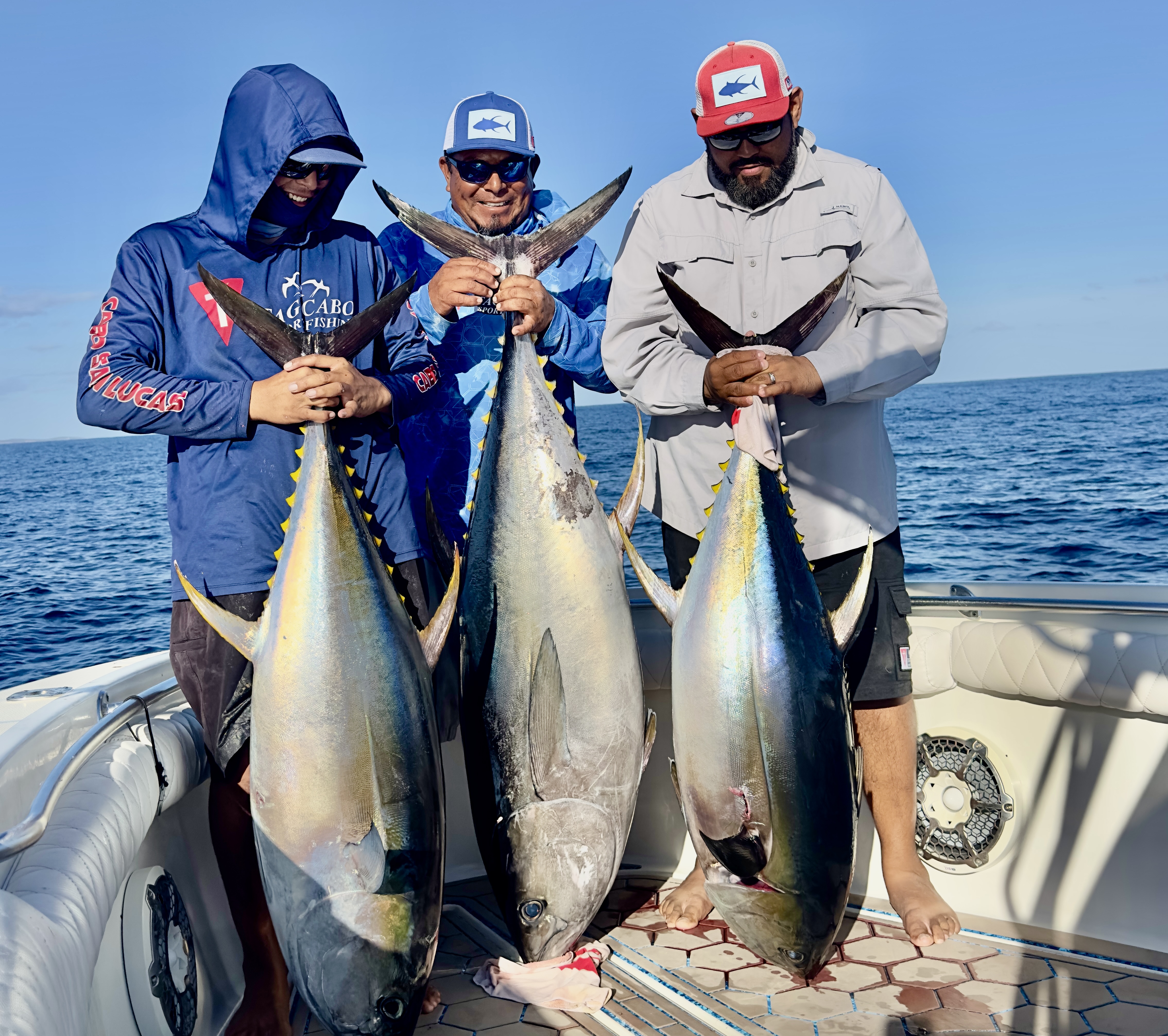
In conclusion, Los Cabos offers a year-round fishing calendar that is as diverse as it is thrilling. No matter what time of year you visit, the deep blue waters promise an adventure that is sure to reel you in. Remember to respect the local fishing regulations and practice catch and release when possible to ensure these species thrive for generations to come. Happy fishing!

